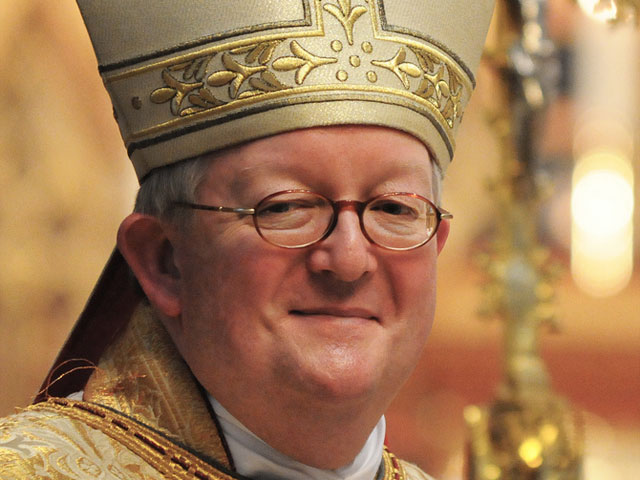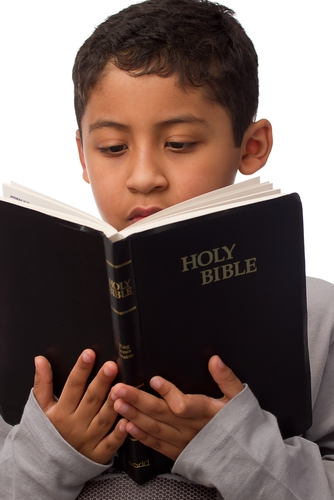Covering speeches is tricky, I tell the students in my reporting classes.
A good public speaker says all kinds of interesting things before he or she gets to The Big Idea, the point to which they have been building all along. A good reporter, on the other hand, has to find a way to take The Big Idea — especially if it is truly newsworthy — and plant it right at the top of the story, while maintaining a sense of context.
The reporter can add the other important details later, I tell students. The key, as every journalist knows, is not to “bury the lede.” And may the journalism gods have mercy on a reporter who misses The Big Idea altogether.
This brings us to one of the most symbolic moments in the annual cycle of the Catholic liturgical year — the short message delivered by the pope at Christmas that is called “Urbi et Orbi,” which is Latin for “to the city and the world.” This is not the sermon in the Christmas Mass, but an address that is, to be blunt, aimed at the public square.
Thus, it often contains remarks linked to political events, although they are addressed in the context of Christian faith. Year after year, journalists write about the politics and ignore the faith framework. This is business as usual.
However, this year’s “Urbi et Orbi” coverage in The New York Times was, I though, especially interesting in that it featured point after point from the body of the remarks by Pope Francis and then — amazingly enough — ignored the key quote, The Big Idea, the thesis to which he had been building all along.
Here’s a key chunk of two of the Gray Lady text which, surprise, is rather political. Here’s the lede:
ROME — Pope Francis used the first Christmas address of his papacy on Wednesday to make a broad call for global peace and an end to violence in Syria and parts of Africa, urging atheists and followers of other religions to join together in this common cause.
OK, everybody is supposed to be in favor of peace. Moving on. The Times team needs to include the required shot at the previous pope:
In the nine months since he became pope, Francis has generated global excitement among Catholics, and others, with his humble demeanor and his shift in tone from the more strident papacy of his predecessor, Benedict XVI, whose resignation in February stunned the Catholic world.
Francis has regularly attracted huge crowds in Vatican City, and almost overnight he has emerged as a major figure on the global stage, surprising many Catholics with his nonjudgmental tone on issues like homosexuality and divorce, and his focus on the plight of the world’s poor. He has also been unpredictable, telephoning ordinary people who have written him letters, embracing a badly disfigured man at St. Peter’s and making unannounced visits in Rome.
He proved unpredictable again on Wednesday, when he went off script to include atheists in his call for peace, rare for a Catholic leader.
“I invite even nonbelievers to desire peace,” he said. “Let us all unite, either with prayer or with desire, but everyone, for peace.”
Yes, the atheist detail is interesting and deserves to be included. But what was The Big Idea in this Francis text (found here, in the English translation)?
Back to the peace theme. Pope Francis mentions violence in several key parts of the world, with special attention to the hell that is unfolding in Syria. Here is the Times summary of that material:
Francis broadened his peace message to call for an end to violence in Syria, as well as in the Central African Republic, where Christians and Muslims have clashed in a country that he described as “often forgotten and overlooked.” He cited the rising tensions and violence in South Sudan, calling for “social harmony,” and he asked for a “favorable outcome” to peace talks between the Palestinians and the Israelis. He also renewed his focus on the plight of migrants, some the victims of human trafficking, others fleeing war and poverty to try to reach Europe.
Interesting. But where was the pope going with all of this content? Yes, peace is the big theme, but notice the very first item in this concluding litany:
Lord of life, protect all who are persecuted for your name. Grant hope and consolation to the displaced and refugees, especially in the Horn of Africa and in the eastern part of the Democratic Republic of the Congo. Grant that migrants in search of a dignified life may find acceptance and assistance. May tragedies like those we have witnessed this year, with so many deaths at Lampedusa, never occur again!
Child of Bethlehem, touch the hearts of all those engaged in human trafficking, that they may realize the gravity of this crime against humanity. Look upon the many children who are kidnapped, wounded and killed in armed conflicts, and all those who are robbed of their childhood and forced to become soldiers.
Lord of heaven and earth, look upon our planet, frequently exploited by human greed and rapacity. Help and protect all the victims of natural disasters, especially the beloved people of the Philippines, gravely affected by the recent typhoon.
Dear brothers and sisters, today, in this world, in this humanity, is born the Saviour, who is Christ the Lord. Let us pause before the Child of Bethlehem. Let us allow our hearts to be touched, let us not fear this. Let us not fear that our hearts be moved. We need this! Let us allow ourselves to be warmed by the tenderness of God; we need his caress. God’s caresses do not harm us. They give us peace and strength. We need his caresses. God is full of love: to him be praise and glory forever! God is peace: let us ask him to help us to be peacemakers each day, in our life, in our families, in our cities and nations, in the whole world. Let us allow ourselves to be moved by God’s goodness.
Persecution? Say what? In Syria? Egypt? Pakistan? Where?











